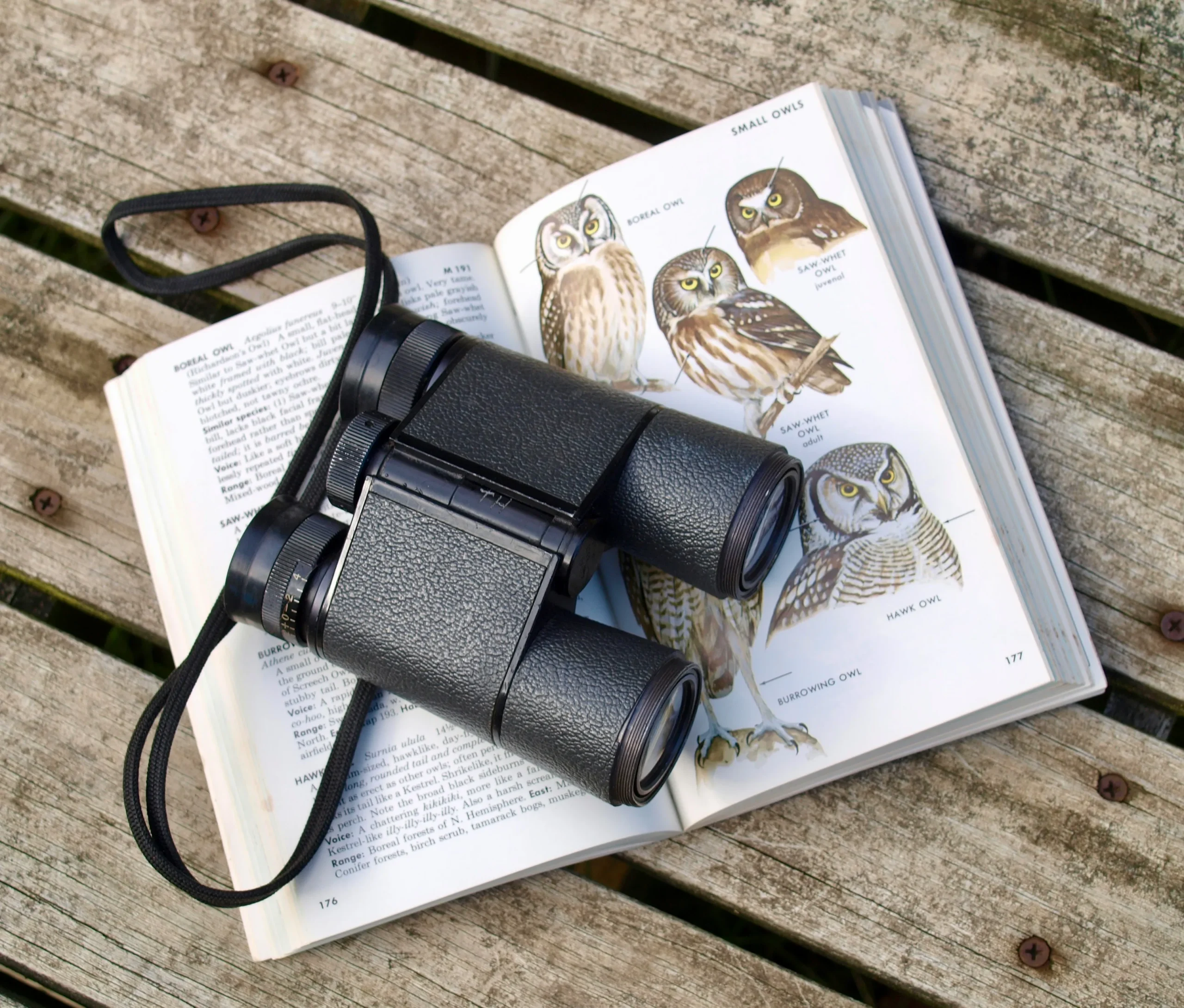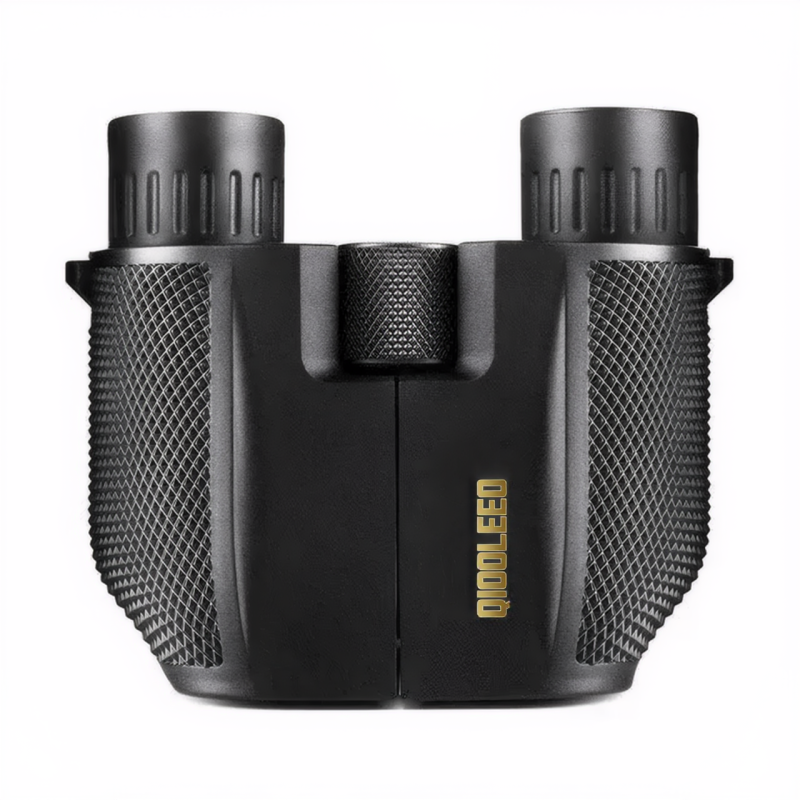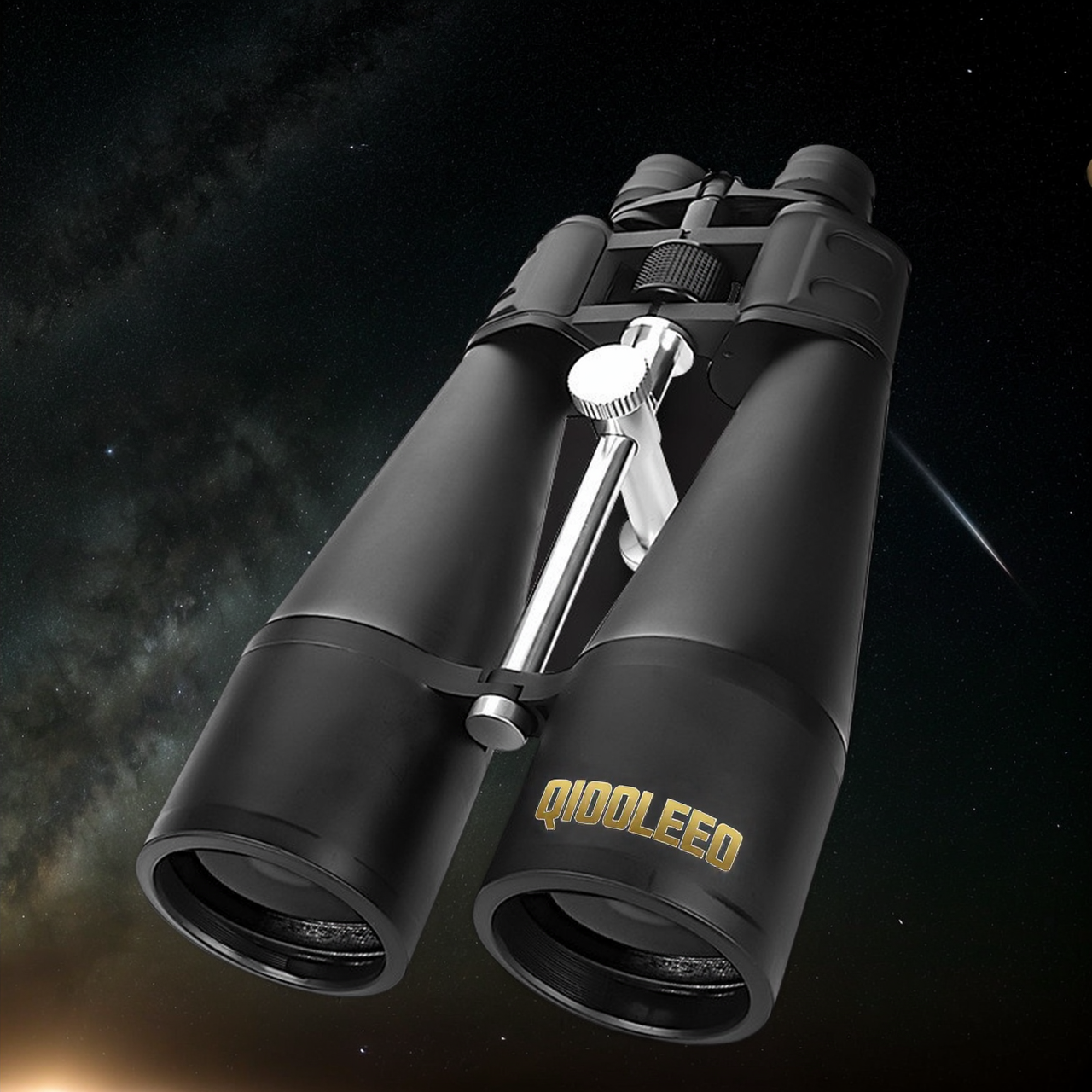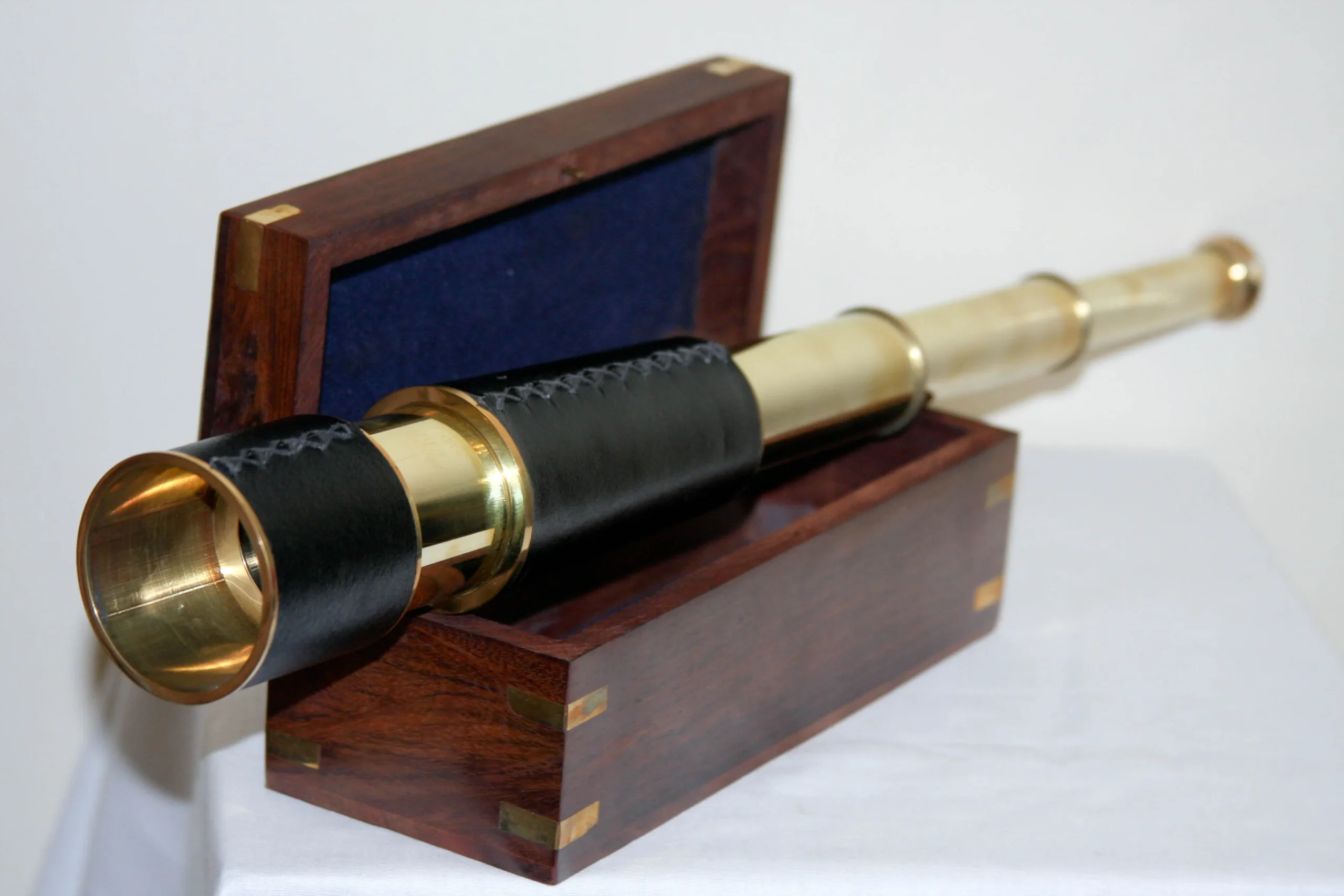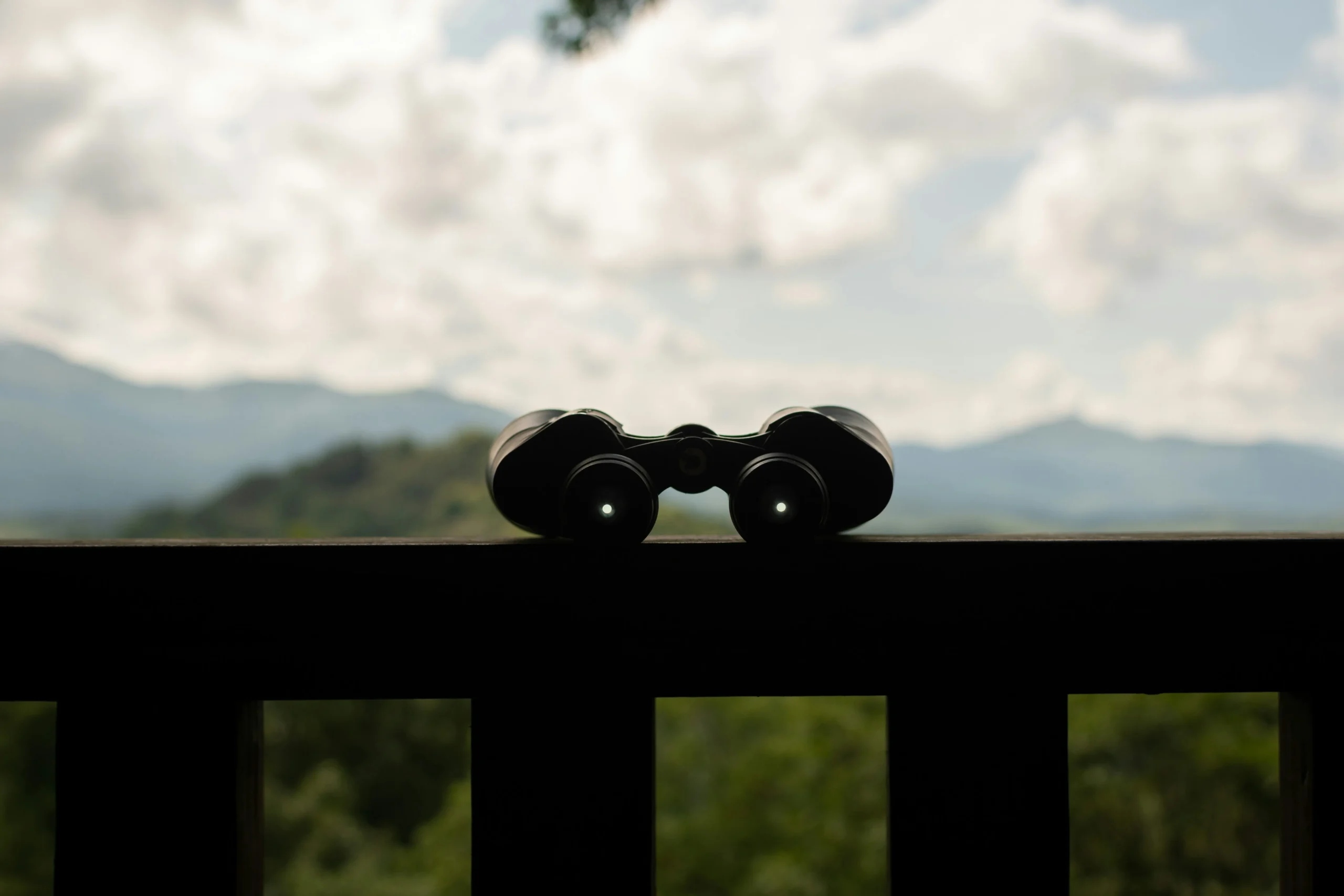Free standard shipping on USD $69.00+.
What Are Binoculars?
Binoculars are magical devices that give you the “superpower” to see distant objects clearly. They consist of two parallel-mounted telescopes. This design lets you view distant objects with both eyes, providing a stronger sense of depth and a wider field of view. Whether you’re birdwatching, hiking, or stargazing, binoculars bring the beauty of the world closer to you.
Why Do You Need Binoculars?
Binoculars are more than just tools for seeing faraway things. They enhance your experience of nature and the night sky. Think about all those details you’ve tried to make out with your naked eyes: the contours of distant mountains, the feathers of a bird, or the constellations in the sky. Without binoculars, many of these beautiful scenes would remain blurry.
But not all binoculars are the same. Choosing the right pair requires careful thought.
How to Choose the Right Binoculars for You
- Magnification and Field of View:
- Magnification tells you how much closer an object appears. Typically, 8x to 10x magnification is common for everyday use, like birdwatching or outdoor sports. If the magnification is too high, the field of view narrows, and the image may become shaky when handheld. So, if you’re using binoculars for stargazing or moon watching, 8x to 10x works well.
- Field of view refers to the width of the area you can see through the binoculars. It’s usually measured in meters at 1,000 meters distance. Higher magnification reduces the field of view, so if you’re watching birds or large scenes, opt for a model with a wider field of view.
- Objective Lens Diameter and Brightness:
- The objective lens diameter is the size of the large lens at the front of the binoculars, measured in millimeters (mm). Larger lenses allow more light to enter, providing brighter and clearer images. This is important in low-light conditions like dawn or dusk. However, larger lenses also make the binoculars heavier. For everyday use, a 42mm lens is usually sufficient. For stargazing or low-light environments, choose a model with a 50mm or larger lens.
- Prism Type and Quality:
- Binoculars typically use two types of prisms: Porro prisms and Roof prisms. Porro prisms have a classic design, are affordable, and offer better image depth. Roof prisms are more compact and lightweight, usually providing better image quality, but are more expensive. Choose based on your needs and budget.
- The type of prism glass also matters. BaK-4 glass is generally better than BK-7 glass, offering more brightness and edge sharpness.
- Lens Coating and Image Quality:
- Coatings on the lenses reduce light reflection and increase light transmission. This results in brighter and clearer images. Fully Multi-Coated lenses maximize light transmission and are standard on higher-end binoculars.
- High-end models often include phase coatings, which enhance color and contrast. This is particularly useful for birdwatching or high-detail observations.
- Waterproofing, Fog Proofing, and Durability:
- If you plan to use binoculars outdoors, it’s essential to choose a waterproof and fog-proof pair. O-ring seals and nitrogen purging prevent the lenses from fogging up in humid or cold conditions. This ensures clear views in all weather.
- Comfort and Portability:
- Weight and grip comfort are crucial during extended use. If you plan to use binoculars for hiking or long birdwatching sessions, choose a pair that is lightweight and comfortable to hold. Shoulder straps and carrying cases are also important. They ensure you can carry them easily without added strain.
Common Uses of Binoculars
- Birdwatching and Wildlife Observation:
- If you’re a nature enthusiast, binoculars allow you to observe birds’ subtle movements, feather color changes, and natural habitats. A pair with 8×42 or 10×42 specs provides a good balance of field of view and brightness, making it ideal for birdwatching.
- Stargazing and Astronomy:
- You can use binoculars to observe the moon’s surface, planets, and some bright nebulae and star clusters. For night sky viewing, choose a binocular with an objective lens of 50mm or larger. This will capture more starlight.
- Sports Events and Concerts:
- At stadiums or concerts, binoculars help you see the details from a distance. A compact 8×25 model is usually sufficient and easy to carry.
- Travel and Outdoor Adventures:
- On your travels, binoculars let you enjoy distant landscapes or the beauty of nature during outdoor adventures. A lightweight, waterproof model is your best companion for outdoor exploration.
Conclusion
Binoculars are magical devices that bring you closer to nature and help you explore the world. Whether you’re a birdwatcher, an astronomy enthusiast, or an outdoor adventurer, choosing the right binoculars will add more joy to your journey.
By understanding key factors like magnification, objective lens diameter, prism type, and coatings, you can find the perfect binoculars to meet your needs. Ready to embark on your journey? Grab your binoculars and discover the hidden details of this amazing world!


